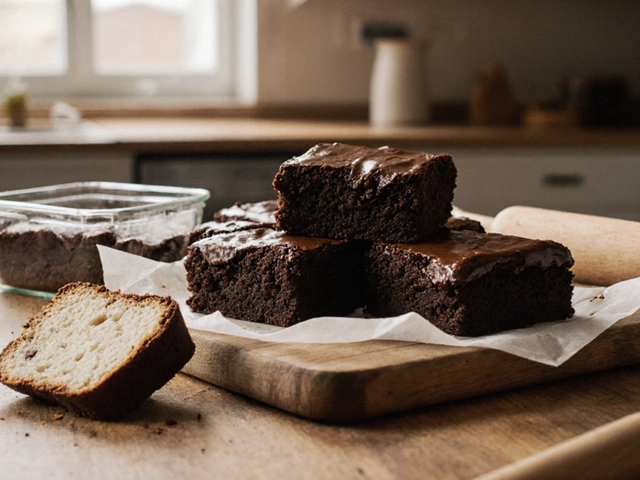How to Make Fudge: Simple Steps for Perfectly Creamy Treats
If you’ve ever wanted that melt‑in‑your‑mouth fudge without a hassle, you’re in the right place. Fudge isn’t magic – it’s about getting the right temperature, stirring at the right time, and using the right ingredients. Below you’ll find a clear roadmap that takes you from raw ingredients to a smooth batch you can brag about.
Gather Your Basics
Start with just a handful of pantry staples: granulated sugar, butter, milk (or cream), and chocolate or cocoa. For a classic chocolate fudge, mix 2 cups of sugar, 1/2 cup of butter, 2/3 cup of milk, and 2 cups of semi‑sweet chocolate chips. Add a pinch of salt and a splash of vanilla if you like extra flavor.
Everything should be measured precisely. Too much sugar or not enough milk can throw off the texture, leaving you with grainy or watery fudge.
Heat It Right
Place the sugar, butter, and milk in a heavy saucepan. Heat over medium, stirring constantly, until the sugar dissolves. Once it’s smooth, bring the mixture to a gentle boil. Here’s the trick: you need the soft‑ball stage, which is 235‑240°F (112‑115°C). If you don’t have a candy thermometer, you can test by dropping a small spoonful into cold water – it should form a soft ball you can flatten with your fingers.
When you hit that temperature, remove the pan from the heat immediately. Over‑cooking is the #1 reason fudge turns hard or grainy.
Mix and Cool
Stir in the chocolate chips and vanilla quickly. Keep mixing until the chocolate melts completely and the mixture looks glossy. Let the fudge sit for about 5 minutes – this allows bubbles to rise and the texture to start tightening.
Now comes the beating part: using a wooden spoon or electric mixer, beat the fudge for 2‑3 minutes. You’ll see it thicken and become less shiny. That’s the point where it’s ready to set.
Set and Slice
Pour the fudge into a greased 8‑inch square pan or a lined baking dish. Smooth the top with a spatula. Let it cool at room temperature for at least an hour, then refrigerate for another hour to firm up.
Once set, cut it into squares. If the fudge sticks, a quick dip of the knife in hot water helps.
Fix Common Mistakes
Boiled too long? You’ll end up with a dry, crumbly batch. Try adding a splash of milk and reheating gently, then stir until smooth. If it’s too soft after cooling, you probably missed the soft‑ball stage – next time, watch the thermometer closely.
Altitudes above 3,000 feet need a temperature bump of about 5‑10°F. Adjusting that small amount keeps the texture spot‑on.
Take It Further
Feel free to toss in nuts, dried fruit, or swirl in caramel for added flair. Every variation follows the same core steps – heat, mix, beat, set.
Now you have a reliable, easy‑to‑follow guide for making fudge that’s smooth, creamy, and ready to share. Grab your saucepan and get cooking – the best part is tasting your own perfect fudge straight from the pan!
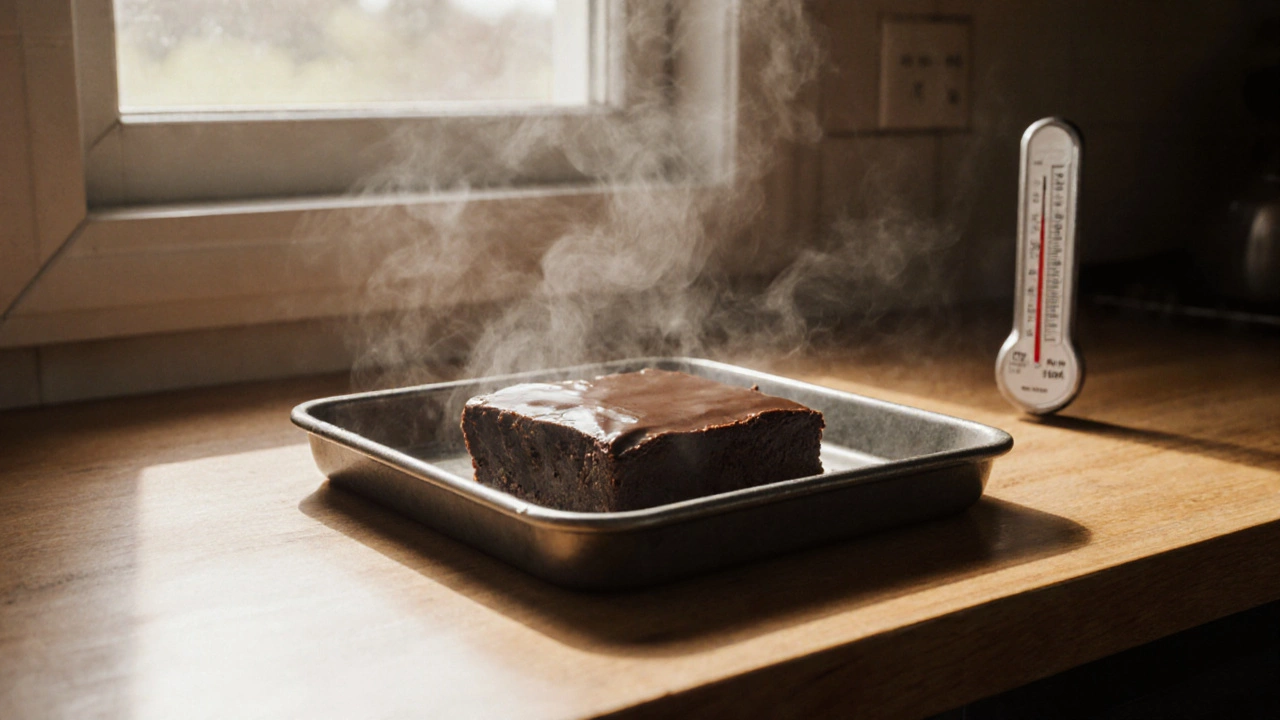
How Long Does It Take for Fudge to Fully Harden?
Fudge takes 4 to 6 hours to harden at room temperature. Learn why timing, temperature, and patience matter for creamy, cuttable fudge every time.
View More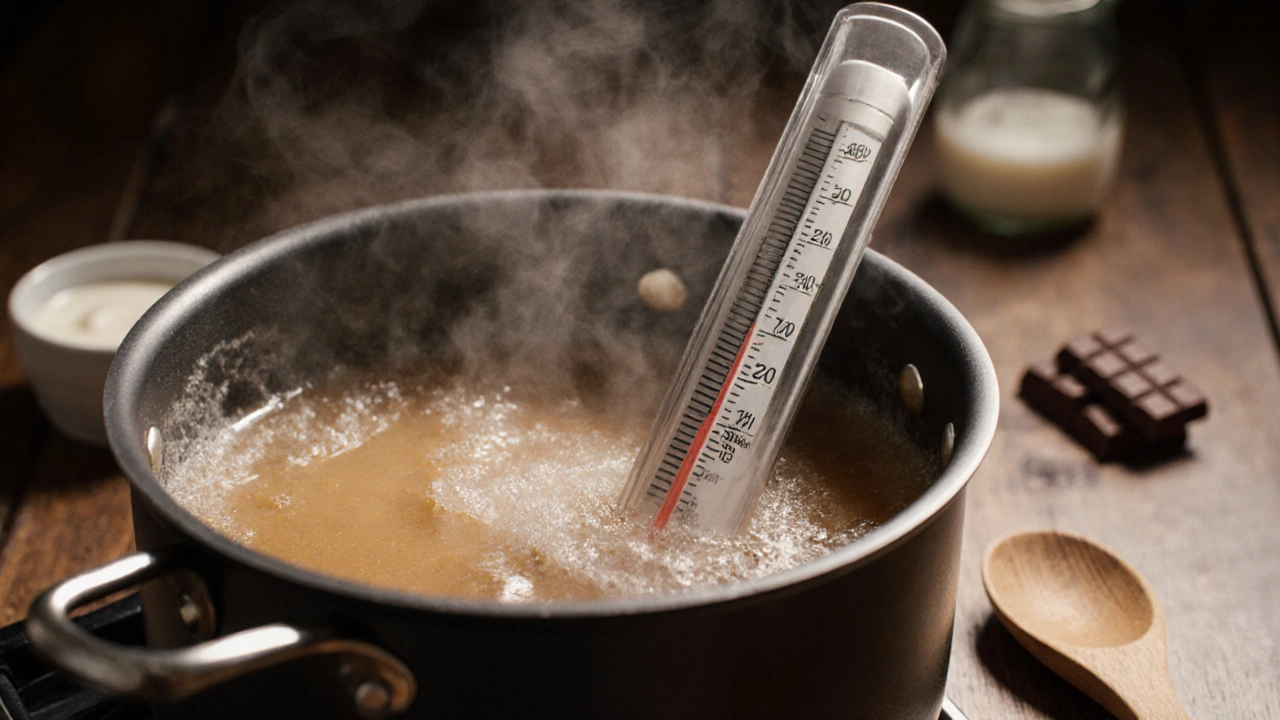
How Often Should I Stir Fudge? The Right Way to Stir Fudge for Perfect Texture
Learn the exact moment to stir fudge for smooth, creamy results-no more grainy batches. Discover why timing matters more than frequency in fudge-making.
View More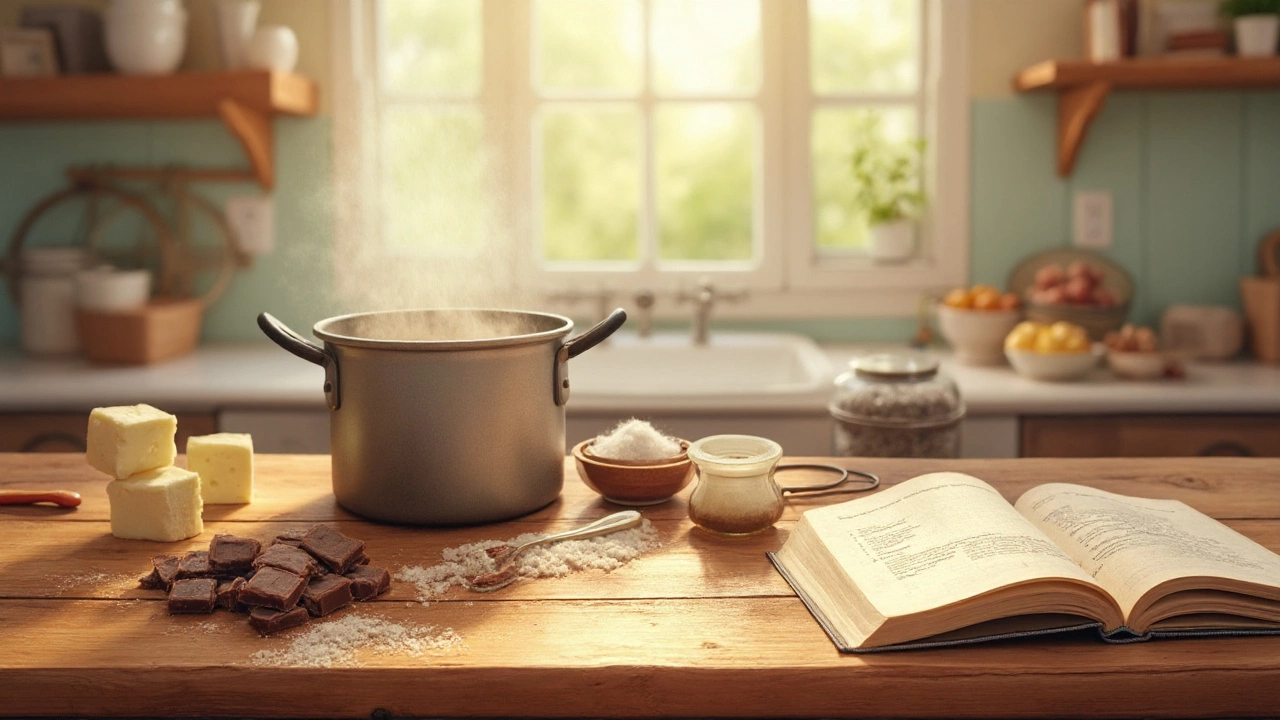
The Real Secret to Perfect, Creamy Fudge—And How You Can Nail It Every Time
Unlock the secrets to smooth, creamy fudge. Learn about the science, common mistakes, and pro tips to get your fudge just right every time without frustration.
View More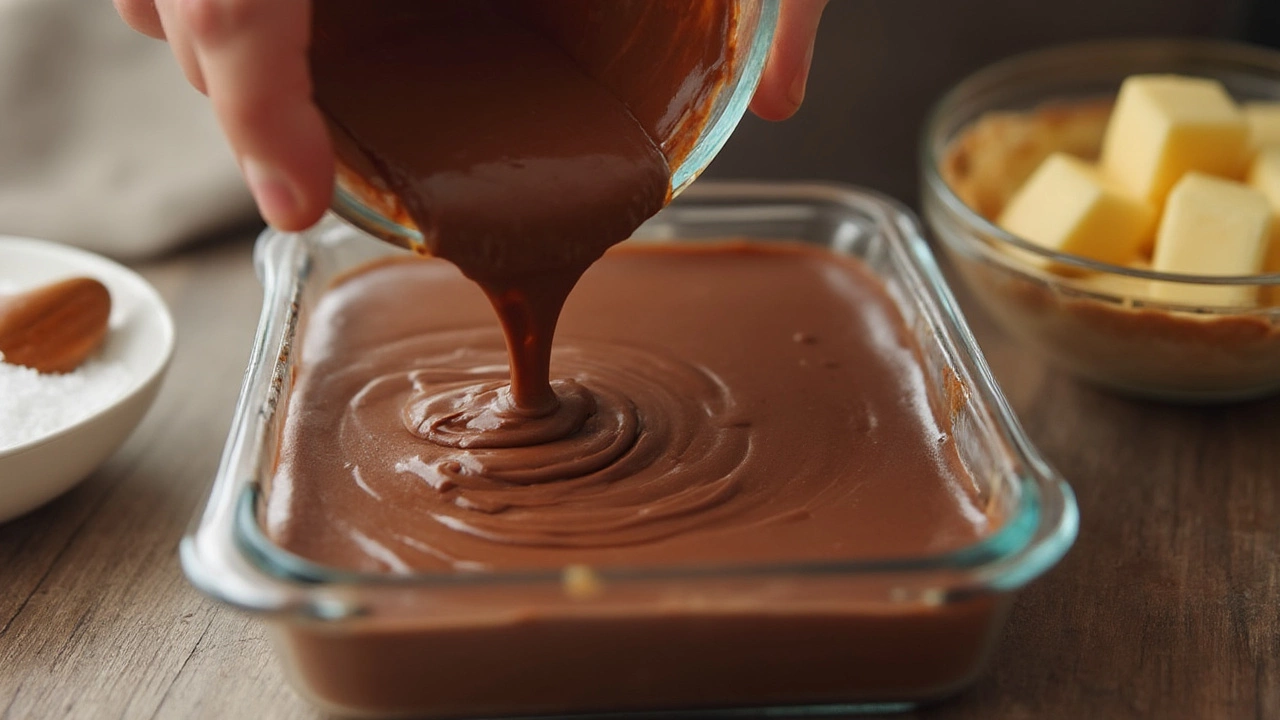
How to Make Fudge That’s Smooth and Not Grainy: Fudge-Making Secrets Revealed
Tired of grainy fudge? Discover the true secret to smooth, creamy fudge every time, with science-backed tips, practical steps, and expert tricks for flawless results.
View More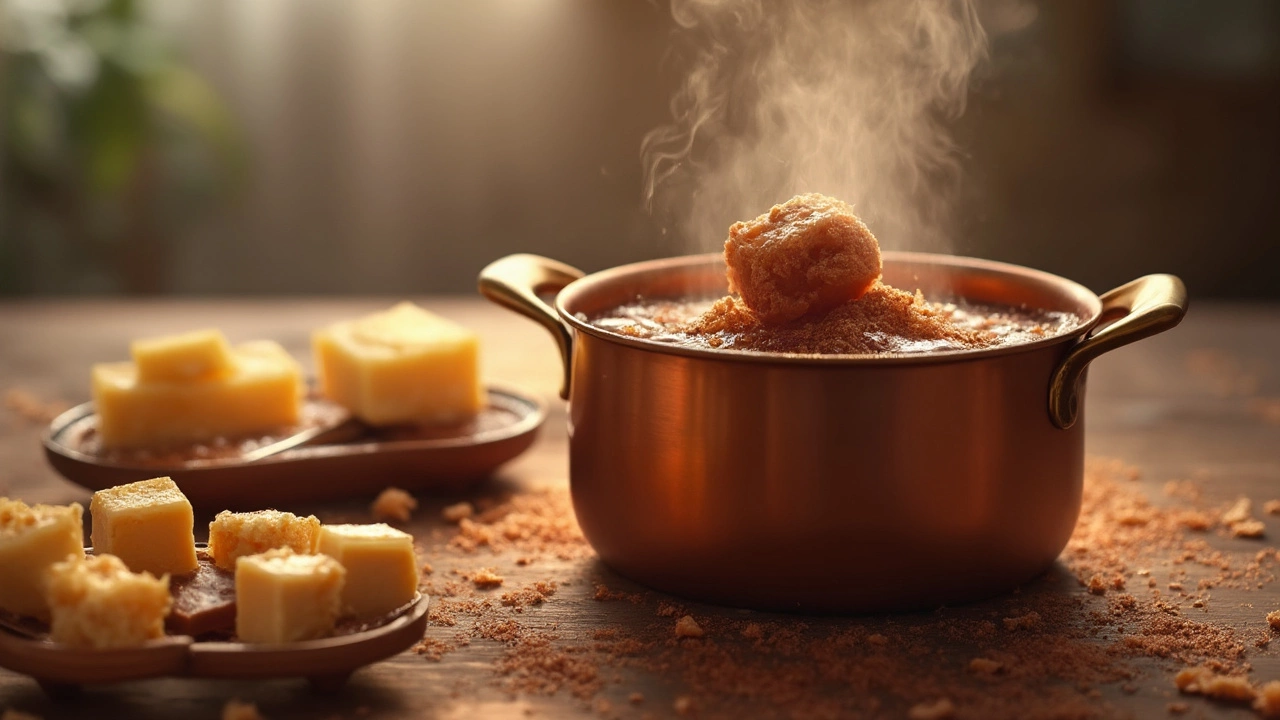
Why Does Fudge Taste Like Fudge? The Secret Science Behind Creamy Perfection
Discover what truly gives fudge its unique flavor and texture. Explore the science, essential steps, and tips for lush, creamy fudge every time.
View More




